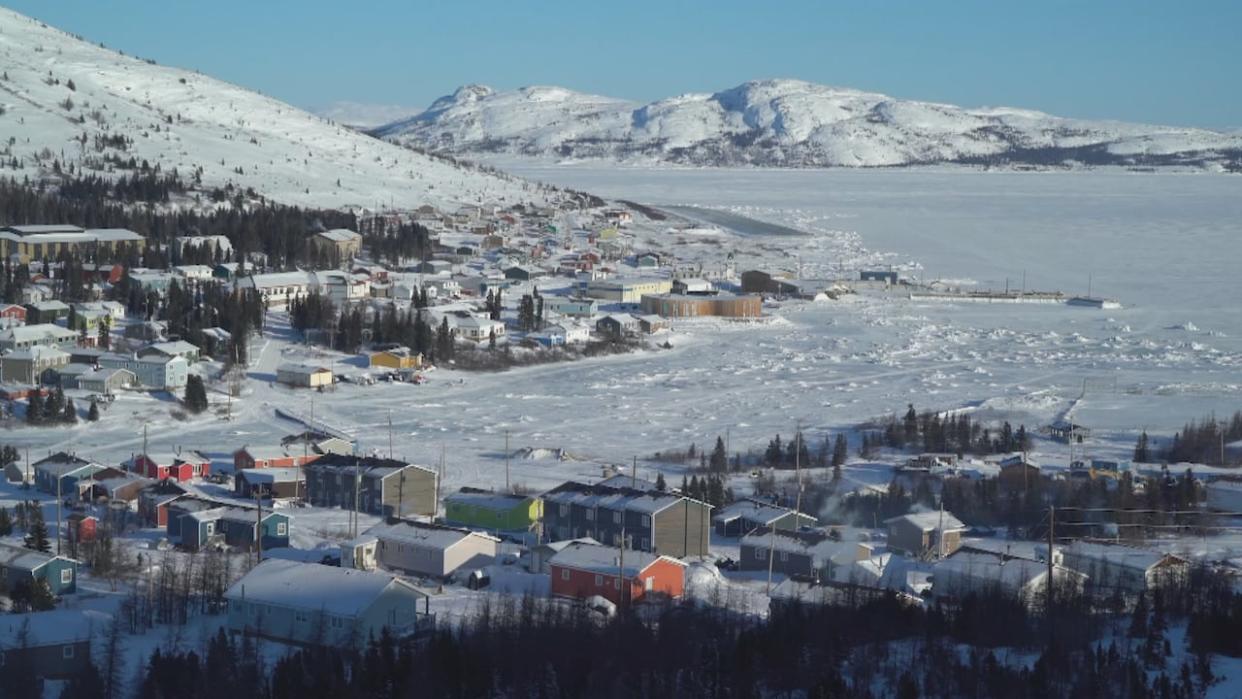Facing 'maternal evacuation,' Inuit women on Labrador's north coast want midwifery at home

Pregnant women in Labrador's coastal communities often have to travel to Happy Valley-Goose Bay in the weeks before their expected due dates, but an Inuit women's coalition is working to keep them closer to home.
Earlier this month, Pauktuutit Inuit Women of Canada released a report on the need for midwifery services in Inuit communities. The group says midwives — which have traditionally been a key part of Inuit culture — are an important asset to allow women to give birth at home, where they feel comfortable and safe.
The report calls for a national framework across provinces and territories.
"It is absolutely important for Pauktuutit to bring this back because it is a right for Inuit women to give birth in their home regions and it is something that is wanted," said Pauktuutit president Nancy Etok. "It is an absolute tradition that Inuit have. They've been doing midwifery since forever."
LISTEN | Nancy Etok on why midwifery should return to Inuit communities:
Newfoundland and Labrador committed to allowing and regulating midwifery in 2014, but the first clinic didn't open until 2020 — in Gander, a long way from the coast of Labrador.
Etok said women in Inuit communities face extreme levels of stress when they leave their homes to move to bigger centres for maternal health care and child birth. There's the stress of being away from their partners, their other children, and their jobs.
She said the message from Inuit women while compiling their report was clear: "All the Inuit women wanted midwifery to come back because … the maternal evacuation that occurs creates a lot of trauma, not only to the mom and child, but to the whole family."
LISTEN | Duncan McCue's documentary on the return of midwifery to Inuit communities:
Etok pointed to Nunavik, the Inuit region of northern Quebec, where midwifery has been commonplace since 1986.
The program there combines traditional knowledge with modern medicine and aims to keep women in their communities whenever possible.
"That exists, which is absolutely a perfect example that it can be accomplished," she said.
Etok said the framework would require collaboration from a number of different groups and would follow in the footsteps of the Nunavik program.
She said Pauktuutit wants women to know it is committed to pushing the issue forward in Inuit communities, including Nunatsiavut.
"We are going to work very hard so that we may realize this, so that everybody, all the family members, can all celebrate the birth of the baby they will be welcoming in their community," she said. "We will do everything we can to achieve that."
Download our free CBC News app to sign up for push alerts for CBC Newfoundland and Labrador. Click here to visit our landing page.

